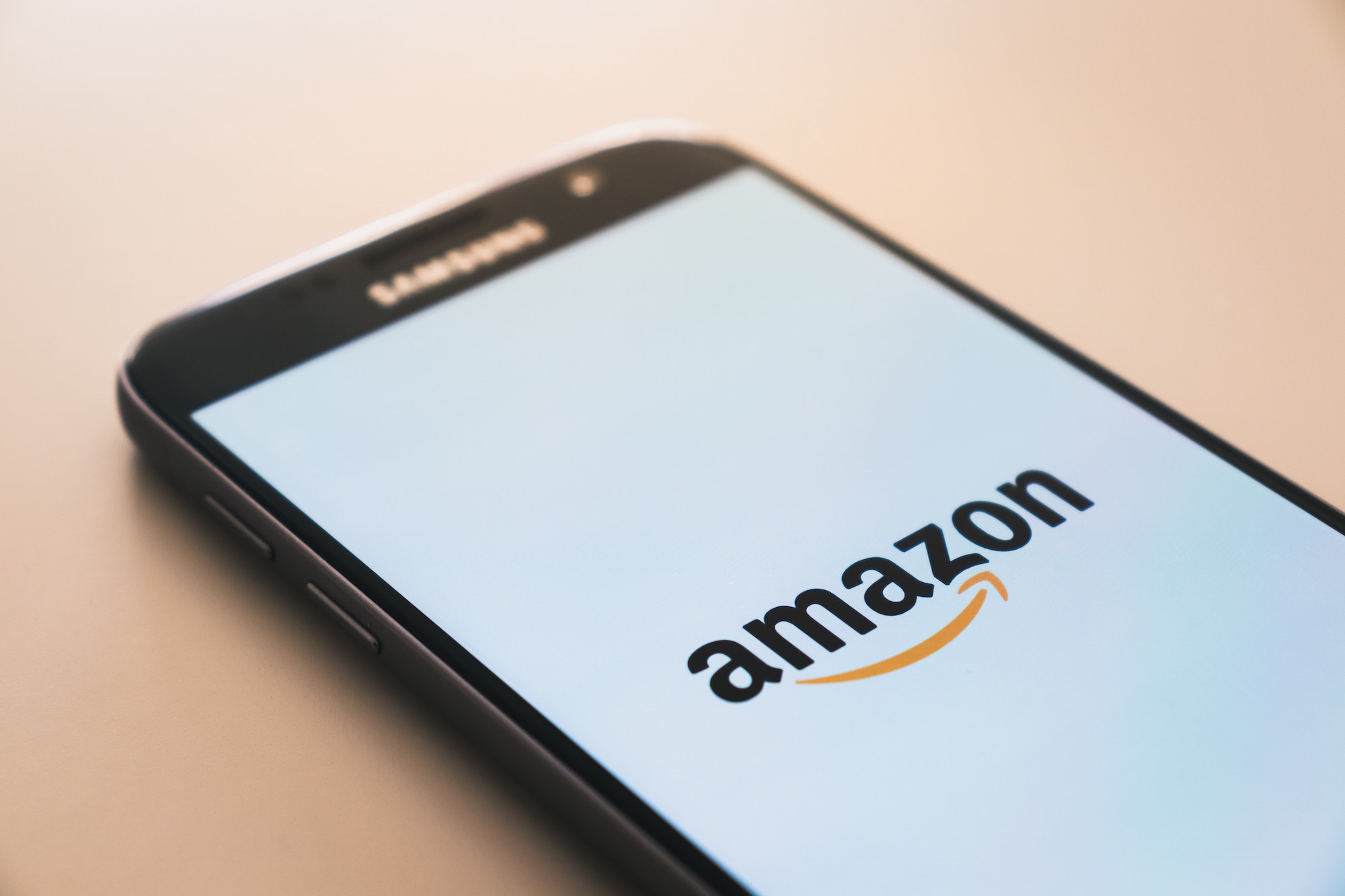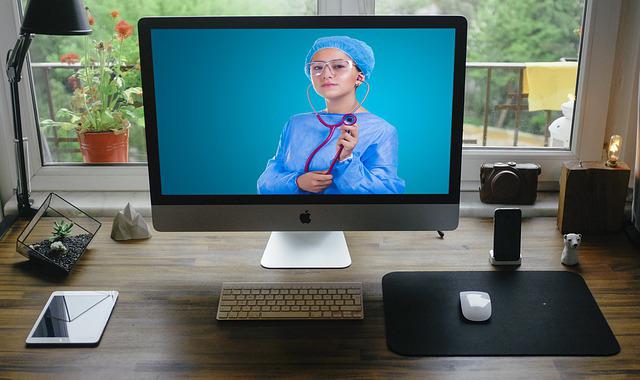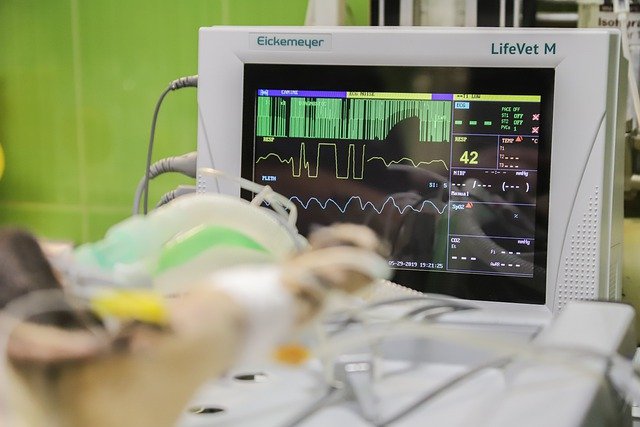Amazon is widely acknowledged for its disruptive capabilities. In the span of only a few decades, it managed to revolutionize the way that many people engage with consumer goods. Its meteoric rise to prominence played a crucial part in toppling once-giant brick-and-mortar department stores — and for good reason. After all, why would someone bother to drive to a mall when in the span of a few strategic swipes and presses, they could have the same product delivered to their house at less cost? Amazon’s promise of convenience and cost-savings was a game-changer in the retail shopping sector — and now, it seeks to turn that capacity for innovation and disruption in the healthcare industry.
The forays have been relatively small thus far — an acquisition here, and quiet deal there. As important Amazon has tapped highly respected healthcare executive talent including former Optum Health and Accolade executive Jack Stoddard and celebrated public health researcher Atul Gawande to lead the company’s healthcare-venture collaboration with Berkshire Hathaway and JPMorgan Chase.
Individually, each action seeks to further Amazon’s mission to make life easier and more affordable for its consumers; totaled, they build a framework that stands to wholly disrupt the healthcare sector’s tried-and-true method of in-person care delivery and move towards a virtually-centered treatment model.
Before we dive into the big-picture ramifications of these changes, however, I would like to lay out the health “pillars” Amazon could hypothetically — given that Amazon has not made a formal announcement of their intent — use to uphold a digital health platform.
PillPack and Expanded Possibilities for Drug Delivery
In the summer of 2018, Amazon acquired PillPack, an online pharmacy that packages, organizes, and delivers drugs directly to its subscribers. Each package a customer receives contains both the exact number of pills that they will need in a month and instructions for when those pills should be taken. The online pharmacy is licensed to ship prescriptions in 49 states and would complement Amazon’s existing partnership with the over-the-counter drug provider Perigo.
It is worth noting that the partnership with PillPack is not, by itself, disruptive. Established retail pharmacies such as Walgreens and CVS already offer delivery options for their customers, and many may not see the appeal of switching unless they have multiple chronic conditions that necessity that organization that PillPack provides.
Opportunities for At-Home Medical Testing
Though the talks eventually broke down, Amazon did attempt to acquire Confer Health, a venture-backed diagnostics startup, that develops home testing technology for fertility concerns and common infections such as strep throat. Confer’s products offer clinical-grade results without the hassle that a trip to the doctor’s office typically entails for the same tests. The prospective deal between the two companies ultimately fell through; however, if it had come to fruition, Amazon would still have needed to connect patients with physicians who could interpret Confer-provided results and offer treatment advice. Thus, we move onto Amazon’s next advancement: telemedicine.
Alexa, Health Information, and Advances in Digitally-Accessed Care
Though no significant deals have been announced yet, the company has been in talks with telemedicine companies. If Amazon manages to broker a deal, it could connect its customers with a network of virtual doctors who could interpret at-home test results, approve online prescriptions, and even offer virtual consultations — thereby linking their above-mentioned acquisitions into a more seamless customer experience.
However, Amazon’s efforts haven’t been confined to traditional telemedicine. The company has also taken strides to position its virtual assistant, Alexa, as a more proactive care presence in consumers’ lives. In the fall of 2018, Amazon filed patents for software innovations that would empower Alexa to gauge a user’s emotional state, recognize breathing patterns, and even assess cough characteristics. These abilities put Alexa in a better position to determine when users are mentally or physically sick and act accordingly — the AI might offer advertisements for cough syrup, for example, or provide more information on what might be ailing the user. The company even partnered with the UK’s National Health Service to ensure that the information Alexa provides is factually accurate and up-to-date with current healthcare research. Totaled, these telemedicine offerings could limit the time users need to spend at physical doctors’ offices.
Mining Data from Electronic Health Records
Not all of the advances Amazon has made are client-facing. Consider Amazon Comprehend Medical as an example; the product allows developers to better analyze and process the data stored in otherwise unstructured medical documents. The software drastically cuts down on the time organizers would have to spent parsing patient diagnoses from treatment listings, dosages, symptoms, and other details of a patient’s medical history. Now, Amazon Comprehend Medical was initially pitched to insurance companies — however, it has not picked up much traction thus far.
Individually, all of these advancements are intriguing. Combined, they become outright disruptive.
Let’s imagine that Amazon has met all federal regulations, established all partnerships, and implemented all of the tools outlined here into one cohesive model of care that allows users to benefit from convenient, quality healthcare without ever leaving the comfort of their homes.
Now, let’s place a hypothetical patient into the mix.
The patient’s first engagement with Amazon’s health system comes when Alexa identifies a cough. After assessing it, the AI suggests a few at-home treatments the user could benefit from and uses the information Amazon has collected from health organizations to provide more context about the user’s illness.
If that cough persists, Alexa can connect the patient with a virtual doctor to investigate the condition further and hone in on an effective treatment. That doctor can then utilize Amazon’s data organization software to parse that patient’s medical history for any relevant information and, if necessary, ask the user to complete an at-home medical test to clarify their condition. Once the results come back, the doctor can then present a diagnosis and treatment options to the patient. Finally, the physician prescribes, approves, and sends any necessary medications via PillPack.
If all goes well, the patient doesn’t have to spend even a minute in a physical doctor’s office; they have all of the quality, with none of the inconvenience.
Though there are no real results to point to yet, the sheer convenience and reduced cost of this hypothetical system will likely find an audience in patients who are frustrated by long waiting times, inconvenient primary care hours, and unproductive care. Amazon’s streamlined (if hypothetical) model of care could become a new primary care solution that circumvents the inconveniences of in-person care, allows for more on-demand service, provides medications quickly, and makes testing a simple affair. When the system does become a reality — and it knowing Amazon, it probably will — it will wholly disrupt the medical sector’s status quo and fundamentally change how we engage with and provide quality care.
But for now, there is little we can do but watch — and wait for Amazon to put the pieces of its disruption together.






